Brand Case Study: How this New York Times Interactive Content Piece Became Popular
On 21st December 2013, the New York Times (NYT) published an interactive assessment.It was called ‘How y’all, Youse and You Guys Talk’. And, they were in for a surprise! Little did they know that the assessment would beat every other story NYT published that year. This happened in just 11 days, As a matter of fact, this New York Times interactive content piece continued to hog the limelight. It also became their third most popular content piece of 2014!
In a way, this success became a testimony of how interactive content would change the content marketing game forever. People were responding to and engaging with this new format. It was impossible to overlook its popularity!
Having learned their lesson early on, NYT has since been publishing interactive content on a regular basis. Some of their pieces have done brilliantly well over the years. So, we thought of analyzing a few of them up close and understand why they were a massive hit. Let’s learn together, shall we?
New York Times Interactive Content:
How Y’all, Youse, and You Guys Talk
It’s a little-known fact that this New York Times interactive content piece almost didn’t make it to the website. But when it did, it set the digital world ablaze! It has received a staggering 89K Facebook engagements and has been shared 90.2K times to date!
The mastermind behind this viral content was a then-intern, Josh Katz. He turned complicated stats and studies into something which could be easily understood by a layman. What’s interesting is that he based this assessment on people’s personal narrative. As a result, it became more than a mere assessment tool.
In an interview with Northwestern University’s Knight Lab, Josh said “dialect is all about people’s sense of identity — this is who I am, this is where I come from”. The sentimental quotient about identifying your roots is what struck a chord with people, and spurred virality. It provides an extremely meaningful experience to anyone who takes it.
The user simply answers a couple of questions to get their “personal dialect map” in results. In other words, the quiz gives an exciting opportunity to close the curiosity gap and learn something ‘new’ about ourselves. It thus is both fun and engaging for the users.
Moreover, the fact that the results were authentic (it’s based on careful study and data) also won people over. It was a hit, especially with the millennials. The authenticity is established on the first screen of the quiz itself. It clearly states that data for the quiz comes from survey responses.
Related Read: Explore Some More Viral Calculators & Quizzes
What is your Love Style?
This is another New York Times interactive content piece that has seen incredible engagement. It has been shared a total of 27.9K times! Why? Well, to begin with, it is based on an evergreen theme: L.O.V.E.! It appeals to young and old, alike!
Like the dialect assessment, the users are explicitly told that this quiz promises a meaningful, authentic experience. Firstly, they are told that a sociologist has compiled this quiz (comes from someone who ‘knows’ about human behavior and relationships). Secondly, you can learn about how you and your partner feel about ‘love’. Once again, this quiz becomes a gateway to uncover an aspect of our personality.
Although the number of questions (50!) may seem daunting, it is not much of an effort. They just have to choose between “agree” or “disagree”. What’s effective about this approach is that it tackles the looming concern of our dwindling “attention span”.
Next, their cohesive content distribution strategy worked wonderfully. They plugged the quiz into an article. This way, whenever someone would stumble upon the article, they would most likely take the quiz too.
‘Copy Edit This’!
New York Times’ “Copy edit this” quiz challenges people to test their copy-editing skills. The challenge comes straight from the editorial. Hence appeals to everyone, whether they are a grammar geek or not! They initially came up with the first version of the quiz in November 2016 and decided to continue with it. Within a year and a half, their editorial has created 11 quizzes in the series. And the responses to them have been remarkable!
We feel that their move to turn the quiz into a series is brilliant. It keeps the curiosity alive among the readers and upon publishing you see a spike in engagement! Their latest quiz, published on 16th March this year, has already been shared a total of 2.9k times!
Other New York Times interactive content pieces in the series too have fetched incredible responses. It only proves that people love challenges and accept them too to prove their mettle! Besides, such quizzes nudge their competitive spirit. They also give people a chance to brag and boast if they get a competitive score! It also sparks a discussion and/or debate (think: engagement). For instance, take a look at the very first quiz in the “Copy edit this!” quiz series (screenshot below). The responses show NYT readers’ enjoyed taking the quiz and would love for more quizzes to come their way!
On Facebook too their quiz performed excellently. Other than the impressive number of likes and share the quiz link was ‘saved’ 1.7K times! It speaks volumes of the interest this quiz generated!
How Well Do You Know the World?
This knowledge quiz is a perfect example of how you can turn an existing article into a visually stimulating interactive experience. It starts right on the welcome screen and continues till the very end.
By turning a passive format into an interactive quiz, they really captivate a user’s attention. They could have easily stopped at writing and promoting their article, 50 places to travel. But, they knew that interactive content converts better than static content. As it is, consumer behavior has changed drastically. They are more likely to respond to an interactive format that has a custom feel to it (made keeping one buyer’s persona in mind), but also seeks their participation (which a reader loves!).
What NYT gets right once again is that they use the same blog and a complimenting content piece on the results page. A clever move because in the end, they make sure the user continues to interact with their brand.
Overall, if you see, New York Times creates valuable interactive experiences and each has a distinct element of storytelling. Whether it is giving voice to someone’s personal narrative (the dialect assessment) or making them feel good about their skills, they keep ‘experience’ central to their content creation. THIS is what sets their interactive content apart. How about you follow suit and consider incorporating interactive quizzes and assessments in your content strategy? It can really be a real game-changer for your business.
To Sum Up
By now, you already know that interactive content is responded to well on the internet. It is a healthy mix of authenticity, personalization, and participation. All of which are valued by millennials! It drives engagement, is fun and can help you educate your prospects and generate 2x more leads than passive content. With the data collected, you can drive targeted marketing campaigns and higher conversion rates too. Above all, it has a reusable value which can result in repeat visitors. In other words, interactive content has a longer shelf life. You can use it over and over again without much intervention. Clearly, all these factors make a strong case for interactive content. Want to read more about interactive content? Check out our guide on Interactive Content!


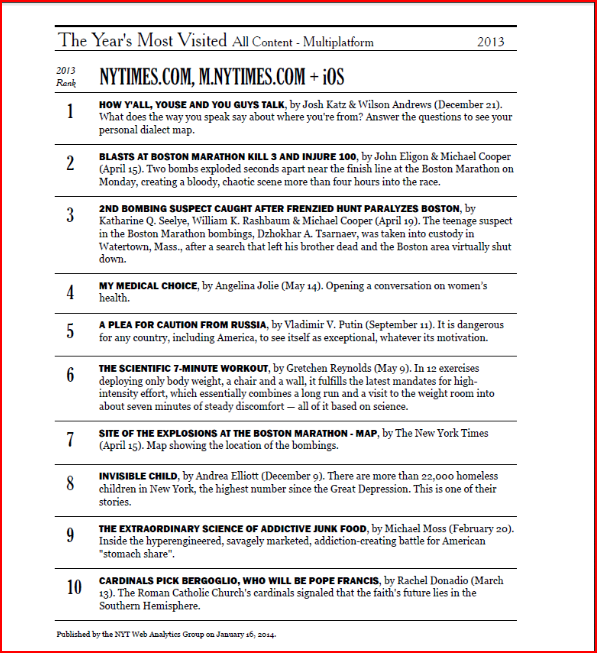

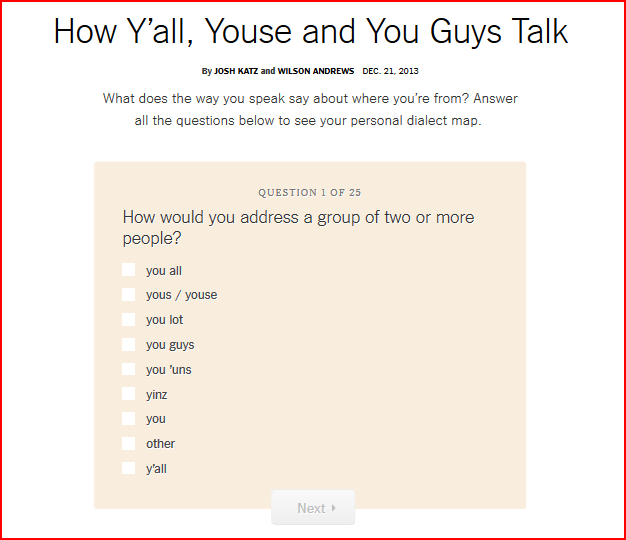
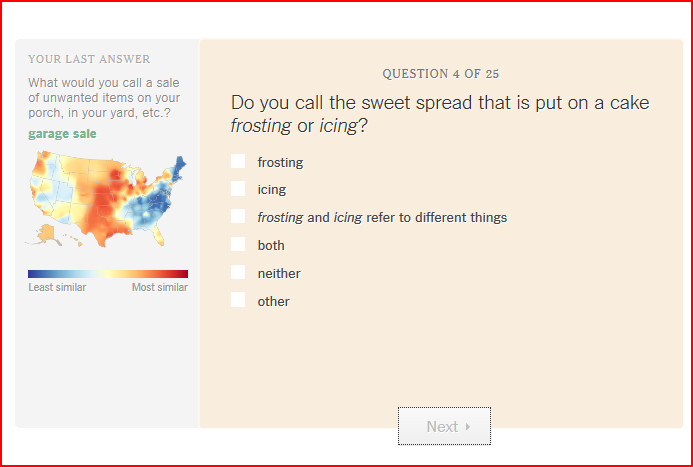
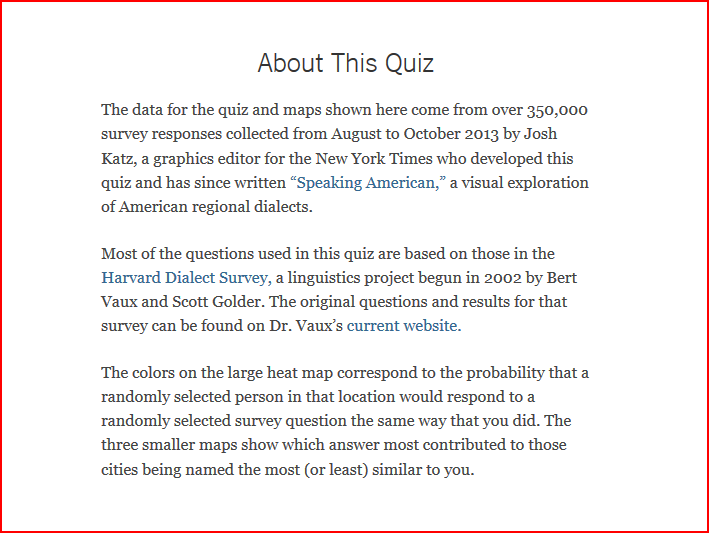

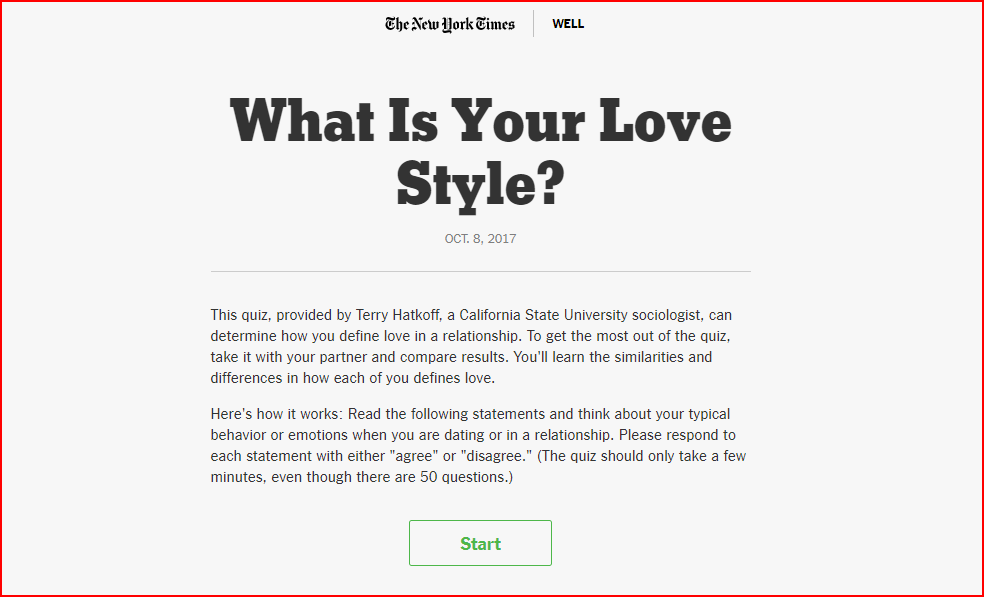
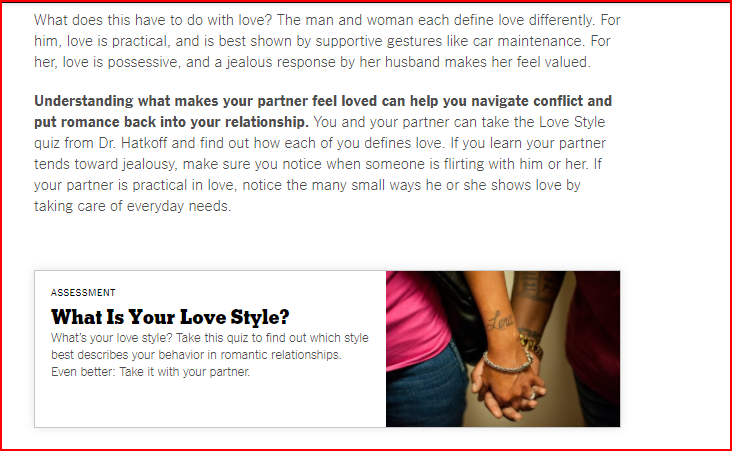
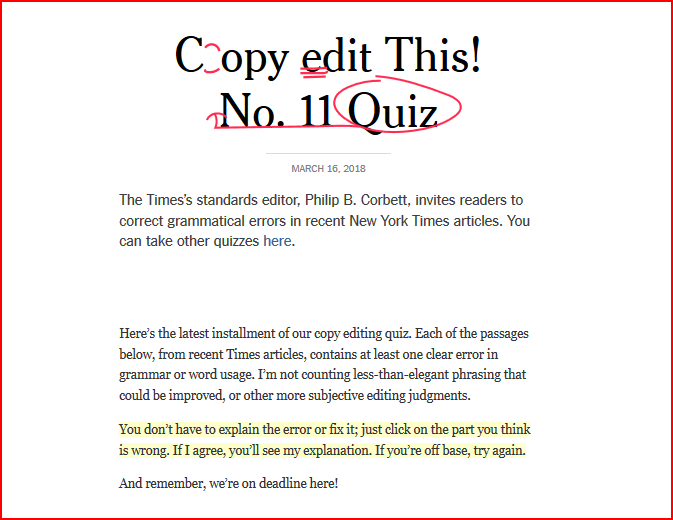
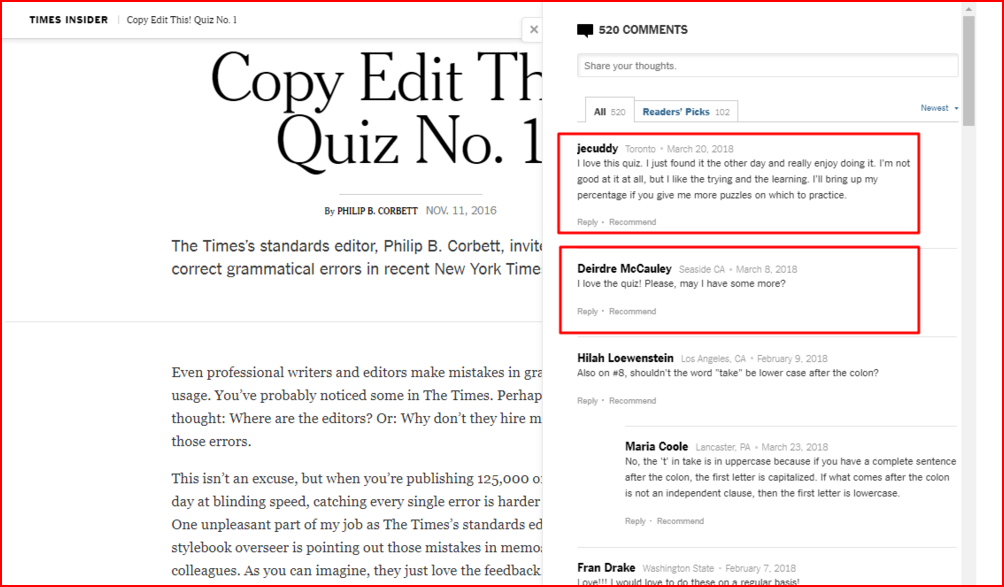
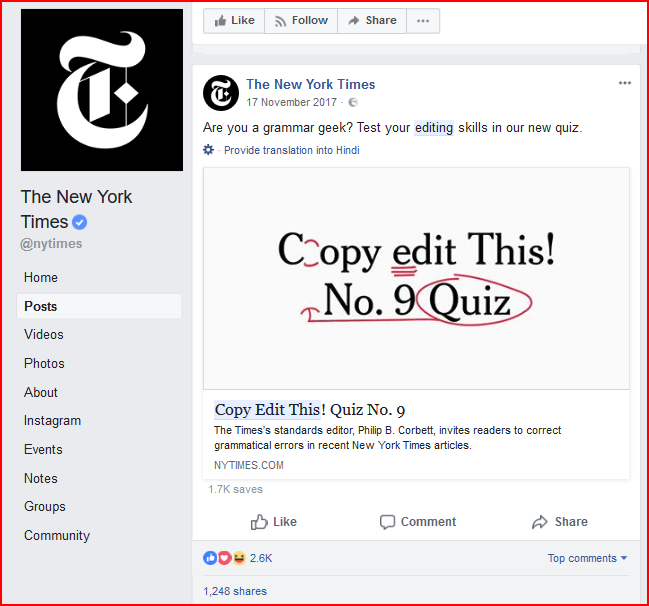
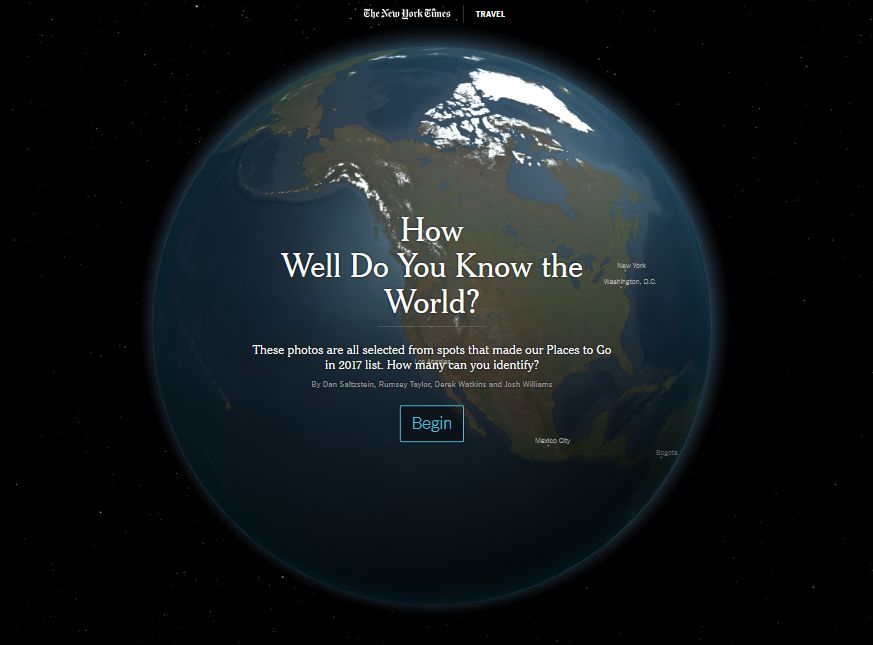

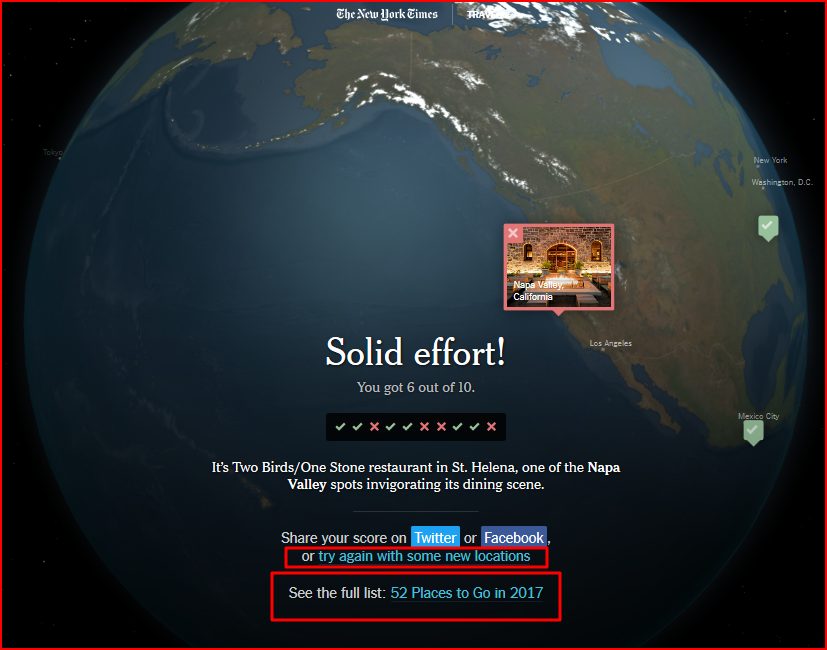




3 Comments